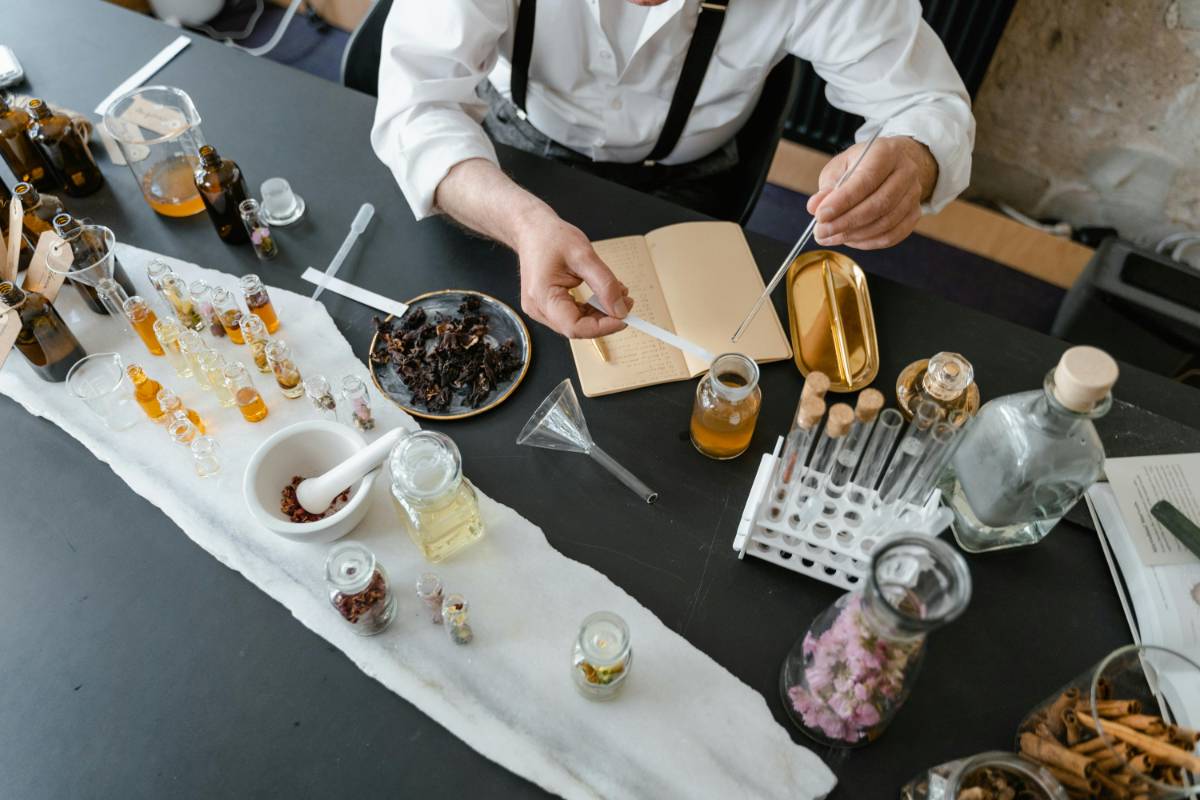How to Identify and Avoid Processed Foods

5 min read
|08 Feb 2025Processed foods have become a staple in many diets, but they often contain added sugars, unhealthy fats, and artificial ingredients that can negatively impact your health. Identifying and avoiding processed foods is an essential step toward a healthier diet. In this article, we will provide practical tips for recognizing processed foods and strategies for making healthier choices.
Understanding Processed Foods
Processed foods are those that have been altered from their original state through methods like cooking, canning, freezing, or adding preservatives and artificial ingredients. They can range from minimally processed items like pre-cut vegetables to heavily processed foods like sugary cereals and snack cakes. The key characteristics of processed foods often include long ingredient lists, artificial additives, and high levels of sodium, sugar, and unhealthy fats.
How to Identify Processed Foods
Read Ingredient Lists: One of the easiest ways to identify processed foods is by examining the ingredient list on the packaging. Look for long lists with unfamiliar or unpronounceable ingredients, as these often indicate high levels of processing. Ingredients such as high fructose corn syrup, artificial flavors, and synthetic preservatives are common in processed foods.
Check Nutrition Labels: Processed foods often have high levels of added sugars, sodium, and unhealthy fats. Compare the nutrition labels of different products to identify those with lower amounts of these undesirable components. Look for products with shorter ingredient lists and lower levels of added sugars and sodium.
Look for Buzzwords: Be cautious of marketing terms like “low-fat,” “sugar-free,” or “diet.” These terms can sometimes be misleading and indicate that the product has been heavily processed with artificial additives to replace the removed ingredients. Focus on whole foods and natural ingredients instead.
Identify Common Processed Foods: Some common examples of processed foods include sugary cereals, packaged snacks, fast food, frozen meals, and sugary beverages. While some processed foods can be part of a balanced diet when consumed in moderation, it’s important to limit their intake and focus on whole, minimally processed foods.
Strategies for Avoiding Processed Foods

Choose Whole Foods: Base your diet on whole, unprocessed foods like fresh fruits, vegetables, whole grains, lean proteins, and nuts. These foods are naturally nutrient-dense and free from artificial additives.
Cook at Home: Preparing meals at home allows you to control the ingredients and avoid processed options. Focus on cooking from scratch using whole ingredients to create healthier meals. Simple recipes that incorporate fresh produce and whole grains are a great way to start.
Plan Meals and Snacks: Planning your meals and snacks in advance can help you avoid the temptation of grabbing processed convenience foods. Create a weekly menu and shopping list that emphasizes whole foods and healthy ingredients.
Read Labels Carefully: When shopping for packaged items, read labels carefully to avoid processed foods. Opt for products with fewer ingredients and those that use whole, recognizable ingredients. Avoid items with long lists of additives and preservatives.
Shop the Perimeter: In grocery stores, the perimeter typically houses fresh produce, dairy, and meat, while the inner aisles often contain processed and packaged foods. Focus your shopping on the perimeter of the store for a healthier selection.
Opt for Minimal Processing: When purchasing packaged foods, choose those with minimal processing. For example, choose plain yogurt over flavored varieties with added sugars, or select frozen vegetables without added sauces or seasonings.
Stay Informed: Educate yourself about the impact of processed foods on health and stay informed about nutrition. Understanding the differences between whole and processed foods can help you make better dietary choices.
In Conclusion
Identifying and avoiding processed foods is crucial for maintaining a healthy diet and lifestyle. By understanding how to recognize processed foods and adopting strategies to limit their intake, you can make more informed choices and prioritize whole, nutritious foods. Focus on cooking at home, reading labels, and planning your meals to reduce your reliance on processed options and improve your overall health. Embrace the benefits of a diet rich in whole foods and enjoy the positive impact it can have on your well-being.
MORE ARTICLES

5 min read | 16 Apr 2025
How to Develop a Personal Care Routine for Sensitive Skin
Sensitive skin requires special care and attention to avoid irritation and maintain its health. Developing a personal care routine for sensitive skin involves selecting gentle products and adopting practices that soothe and protect your skin. Here’s how to create a skincare routine tailored to sensitive skin.

2 min read | 15 Apr 2025
Skincare Mistakes You Should Avoid
Maintaining a skincare routine can significantly improve your skin’s health and appearance. However, certain mistakes can hinder your progress and even cause damage. To ensure you’re getting the best results from your skincare regimen, it’s important to avoid these common skincare mistakes.

3 min read | 14 Apr 2025
The Power of Aromatherapy in Your Personal Care Routine
Aromatherapy is a holistic approach to personal care that utilizes the therapeutic properties of essential oils to enhance physical and emotional well-being. Incorporating aromatherapy into your personal care routine can provide a range of benefits, from relaxation to improved skin health. Here’s how you can harness the power of aromatherapy to elevate your self-care regimen.

4 min read | 13 Apr 2025
Natural Ingredients to Look for in Personal Care Products
When choosing personal care products, opting for those with natural ingredients can offer numerous benefits for your skin and overall health. Natural ingredients are often less irritating and more environmentally friendly compared to synthetic alternatives. Here are some key natural ingredients to look for in personal care products and their benefits.

3 min read | 12 Apr 2025
How to Improve Your Oral Hygiene Routine
Maintaining good oral hygiene is crucial for overall health and well-being. A proper oral hygiene routine can help prevent dental issues such as cavities, gum disease, and bad breath. Here are some effective strategies to improve your oral hygiene routine and keep your smile healthy.

5 min read | 11 Apr 2025
The Benefits of Facial Massages for Anti-Aging
Facial massages are a popular and effective method for promoting youthful and radiant skin. Regular facial massages can offer numerous anti-aging benefits, enhancing the overall appearance and health of your skin. Here’s how incorporating facial massages into your skincare routine can help combat signs of aging.
RECENT POSTS
1
What is HIIT and Why is it Effective?
2 min read | 15 Feb 20252
How Flexibility Training Can Enhance Strength Workouts
2 min read | 14 Feb 20253
Creating a Daily Stretching Routine for Better Mobility
4 min read | 13 Feb 20254
Common Stretching Mistakes and How to Avoid Them
4 min read | 12 Feb 20255
Flexibility Routines for Athletes
3 min read | 11 Feb 20256
How to Use Foam Rollers for Improved Mobility
3 min read | 10 Feb 2025MORE POSTS

Understanding Calorie Deficit and Its Role in Weight Loss
2 min read | 21 Mar 2025
The Importance of Sleep in Weight Loss
2 min read | 20 Mar 2025
How to Stay Motivated on Your Weight Loss Journey
3 min read | 19 Mar 2025
The Role of Exercise in Weight Loss: What You Need to Know
2 min read | 18 Mar 2025
Top 10 Simple Tips for Sustainable Weight Loss
5 min read | 17 Mar 2025




